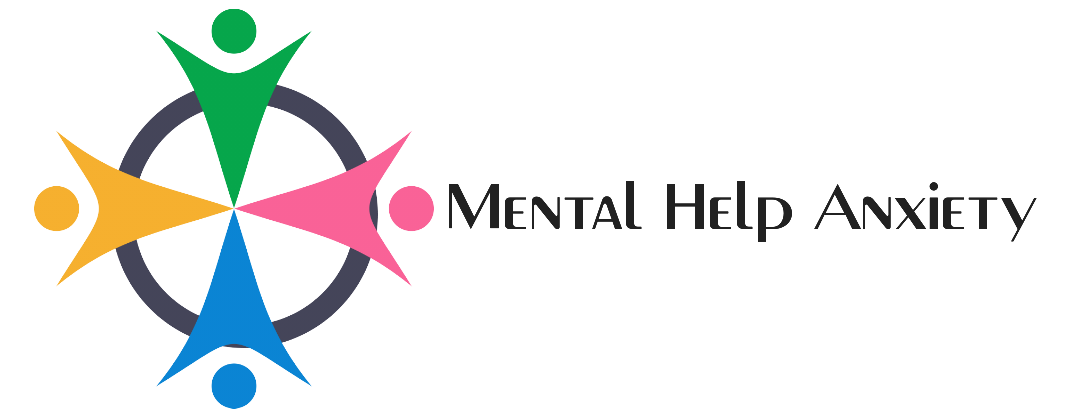Understanding and Recognizing Stroke Symptoms: A Key to Empowerment. A stroke is a medical emergency that occurs when blood flow to the brain is disrupted, either due to a blocked artery (ischemic stroke) or a ruptured blood vessel (hemorrhagic stroke). Prompt recognition and action are critical in minimizing brain damage, improving recovery outcomes, and saving lives. Understanding the symptoms of a stroke is not just essential; it’s empowering for everyone, providing us with the knowledge and control to act in the face of a medical emergency.
F – Face drooping: One side of the face may feel numb or appear to droop. Ask the person to smile; if their smile is uneven, it could indicate a stroke.
A-Arm weakness: The person may experience weakness or numbness in one arm. Ask them to raise both arms; difficulty lifting one arm could be a sign.
S – Speech difficulty: Slurred or garbled speech, or an inability to speak or understand others, is a red flag.
T – Time to call 911: If any of these signs are present, contact emergency services immediately.
Additional Symptoms
While FAST covers the primary signs, strokes can present in other ways, including:
Sudden numbness or weakness: This may affect the face, arm, or leg, especially on one side of the body.
Confusion or trouble understanding: The person may struggle to comprehend what others are saying or to express themselves.
Vision problems: Blurred, double vision, or sudden vision loss in one or both eyes is another warning sign.
Severe headache: A sudden, intense headache with no apparent cause, often described as “the worst headache of my life,” may indicate a hemorrhagic stroke.
Difficulty walking: Loss of balance or coordination, dizziness, or trouble walking are also possible symptoms.
Recognizing Silent Strokes
Some strokes, known as silent strokes, occur without noticeable symptoms. These strokes are often discovered during imaging tests and may lead to cumulative damage over time, increasing the risk of future strokes or cognitive decline. Silent strokes underscore the importance of regular medical checkups, especially for individuals with risk factors such as high blood pressure, diabetes, or a history of smoking. Regular checkups can help detect and manage these risk factors before they lead to a stroke.
Risk Factors and Prevention
Risk Factors and Prevention: The Power of Healthy Habits. Certain factors increase the likelihood of a stroke, including age, family history, high blood pressure, smoking, obesity, and a sedentary lifestyle. However, managing these risks through healthy habits—such as a balanced diet, regular exercise, and smoking cessation—can significantly reduce the chances of a stroke. This proactive approach, along with monitoring chronic conditions like diabetes and adhering to prescribed treatments, offers hope for stroke prevention.
What to Do if You Suspect a Stroke
What to Do if You Suspect a Stroke: Urgency is Key. Acting quickly can make all the difference in a stroke situation. If you or someone else shows stroke symptoms, call emergency services immediately. Note the time symptoms began, as specific treatments, like clot-busting medications, are most effective within a few hours of symptom onset. Remember, in a stroke situation, every second counts, so be decisive and act with urgency.
Conclusion
Recognizing the symptoms of a stroke and acting promptly can save lives and reduce the likelihood of long-term disability. By spreading awareness of stroke symptoms and encouraging proactive health measures, we can help combat the devastating effects of this condition. Always remember: when it comes to a stroke, every second counts.


